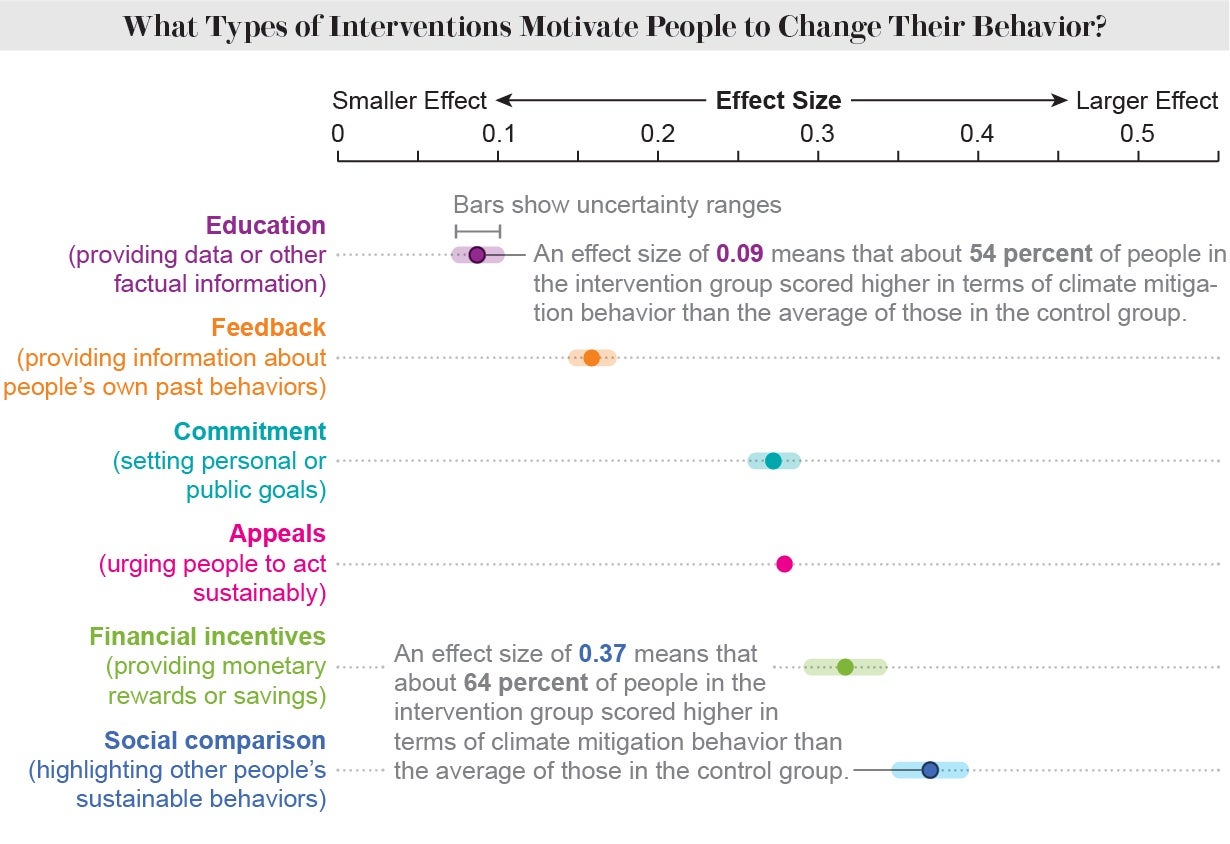Essay by Jon Askonas: “…Centuries ago, our society buried profound differences of conscience, ideas, and faith, and in their place erected facts, which did not seem to rise or fall on pesky political and philosophical questions. But the power of facts is now waning, not because we don’t have enough of them but because we have so many. What is replacing the old hegemony of facts is not a better and more authoritative form of knowledge but a digital deluge that leaves us once again drifting apart.
As the old divisions come back into force, our institutions are haplessly trying to neutralize them. This project is hopeless — and so we must find another way. Learning to live together in truth even when the fact has lost its power is perhaps the most serious moral challenge of the twenty-first century…
Our understanding of what it means to know something about the world has comprehensively changed multiple times in history. It is very hard to get one’s mind fully around this.
In flux are not only the categories of knowable things, but also the kinds of things worth knowing and the limits of what is knowable. What one civilization finds intensely interesting — the horoscope of one’s birth, one’s weight in kilograms — another might find bizarre and nonsensical. How natural our way of knowing the world feels to us, and how difficult it is to grasp another language of knowledge, is something that Jorge Luis Borges tried to convey in an essay where he describes the Celestial Emporium of Benevolent Knowledge, a fictional Chinese encyclopedia that divides animals into “(a) those that belong to the Emperor, (b) embalmed ones, (c) those that are trained, … (f) fabulous ones,” and the real-life Bibliographic Institute of Brussels, which created an internationally standardized decimal classification system that divided the universe into 1,000 categories, including 261: The Church; 263: The Sabbath; 267: Associations. Y. M. C. A., etc.; and 298: Mormonism…(More)”.

